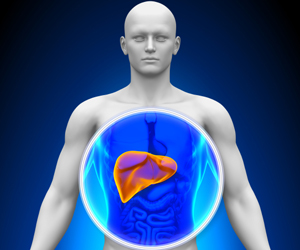National Action Plan on Climate Change unveiled by Indian Prime Minister Manmohan Singh Monday aims boost to solar power and will facilitate trade in energy saving certificates.
The National Action Plan on Climate Change unveiled by Indian Prime Minister Manmohan Singh Monday aims boost to solar power and will facilitate trade in energy saving certificates.
The plan proposes to set up missions on solar energy, enhanced energy efficiency, sustainable habitat, conserving water, sustaining the Himalayan ecosystem, creating a “Green India,” sustainable agriculture and also establish a strategic knowledge platform for climate change.The solar mission will be launched to significantly increase the share of solar power in the total energy mix while recognising the need for expanding the scope of other renewable and non-fossil options such as nuclear energy, wind energy and biomass.
"Now the solar sector will, primarily based on private sector investments, create 1000 mw of power generation capacity by the end of the 12th plan period (2017)," said V Subramanium, federal renewable energy sources secretary.
Besides the push for solar energy, the plan also suggests making it mandatory for power grids to purchase renewable energy from producers and sets up progressive targets to do so over the coming years.
While the move towards solar and solar derivatives is bound to reduce the dependence on fossil fuels, the plan also puts as much emphasis on demand side management — reducing consumption levels in both industry and housing sectors. The government envisages saving 10,000 mw by 2012 through energy efficiency measures.
It has also laid out a blueprint for market-based tools to be used to achieve these goals while giving fiscal incentives to move industry, manufacturers and consumers towards a low-carbon path.
Advertisement
The effort would be to save 10,000MW by the end of the 2012 through energy efficiency measures.
Advertisement
The Green India mission will enhance ecosystem services including carbon sinks, to be called Green India.
The sustainable agriculture mission intends making agriculture more resilient to climate change by identifying and developing new varieties of crops that are thermal-resistant and capable of withstanding extreme weather.
The mission on strategic knowledge will identify challenges and develop responses to climate change.
With solid waste proving a major challenge, the action plan stresses recycling material and urban waste management, and developing technology to produce power from waste.
The mission on sustainable habitats will include a major research and development programme, focussing on biochemical conversion, waste water use, sewage utilisation and recycling options wherever possible.
The water mission will develop a framework to optimise water use through regulatory mechanisms.
“Climate change was a challenge that could be overcome only through global, collaborative and cooperative efforts,” Prime Minister Manmohan Singh said while releasing the plan ahead of the G-8 summit at Tokyo next week.
Despite developmental imperatives, the per capita greenhouse gas emissions would not exceed that of the developed industrialised countries, he promised.
All the same, he wanted the developed countries to reciprocate by taking more effective steps to scale down their own CO2 emissions.
Source-Medindia
GPL/L






